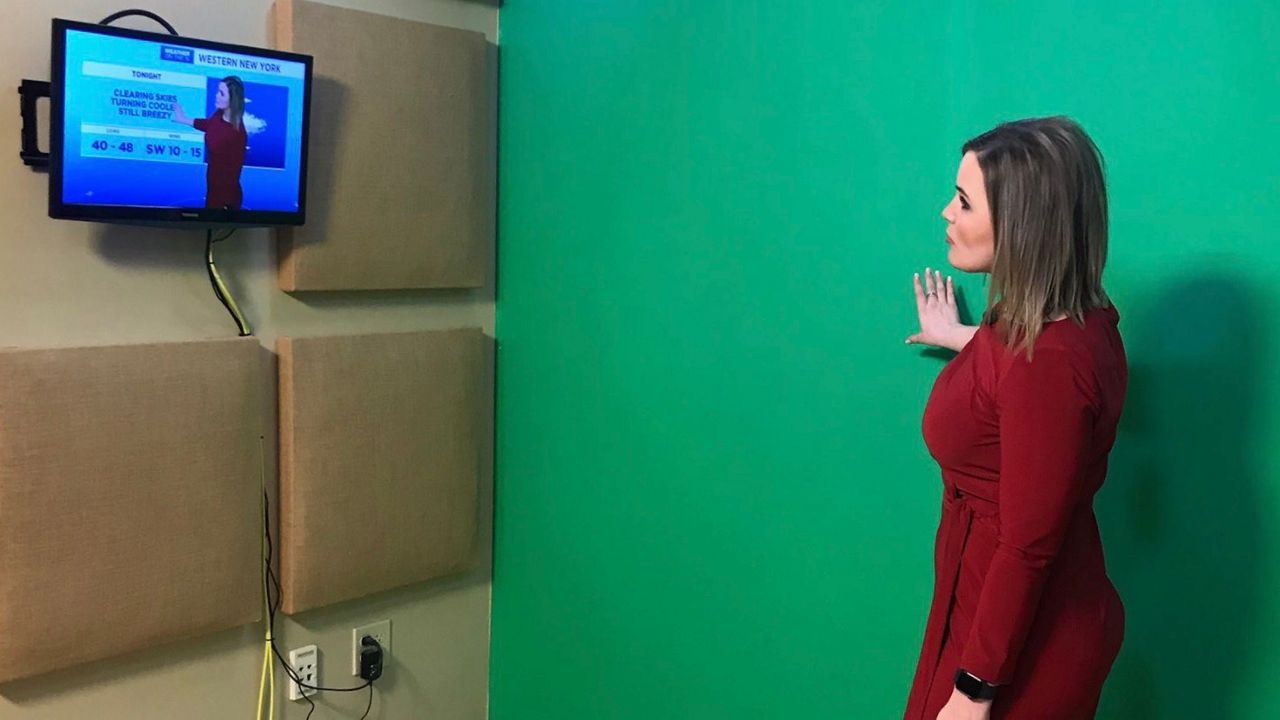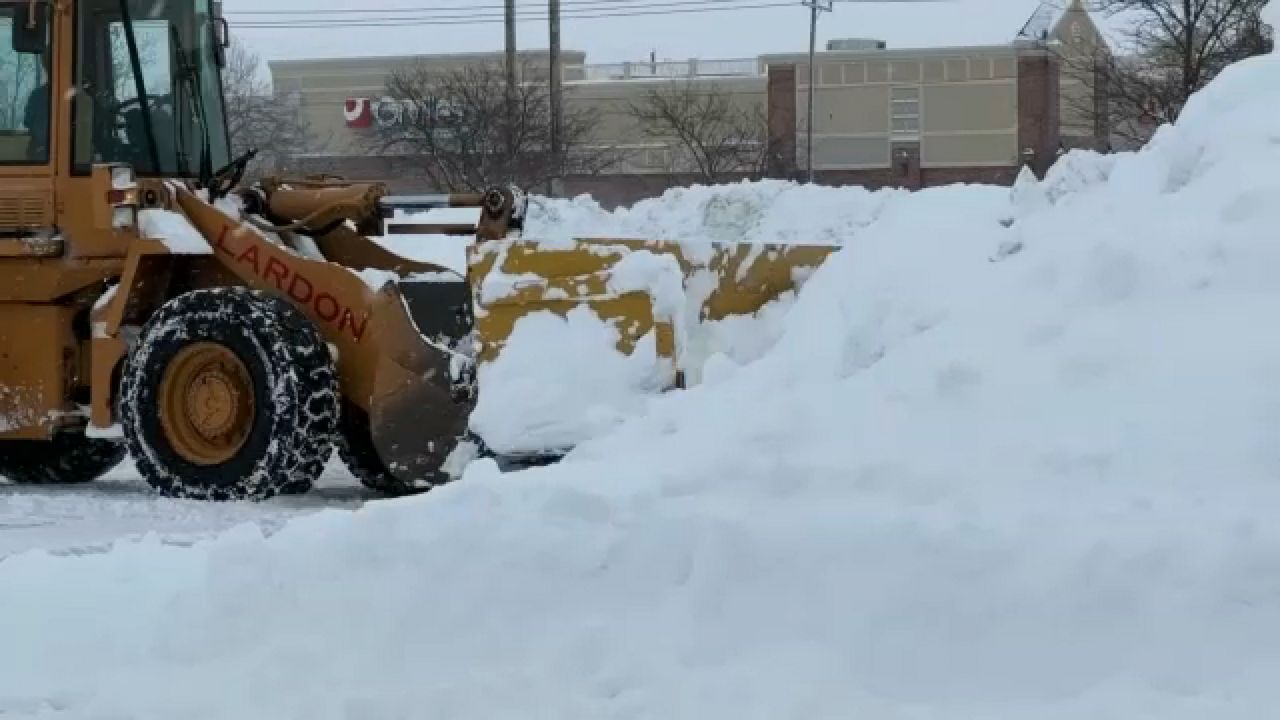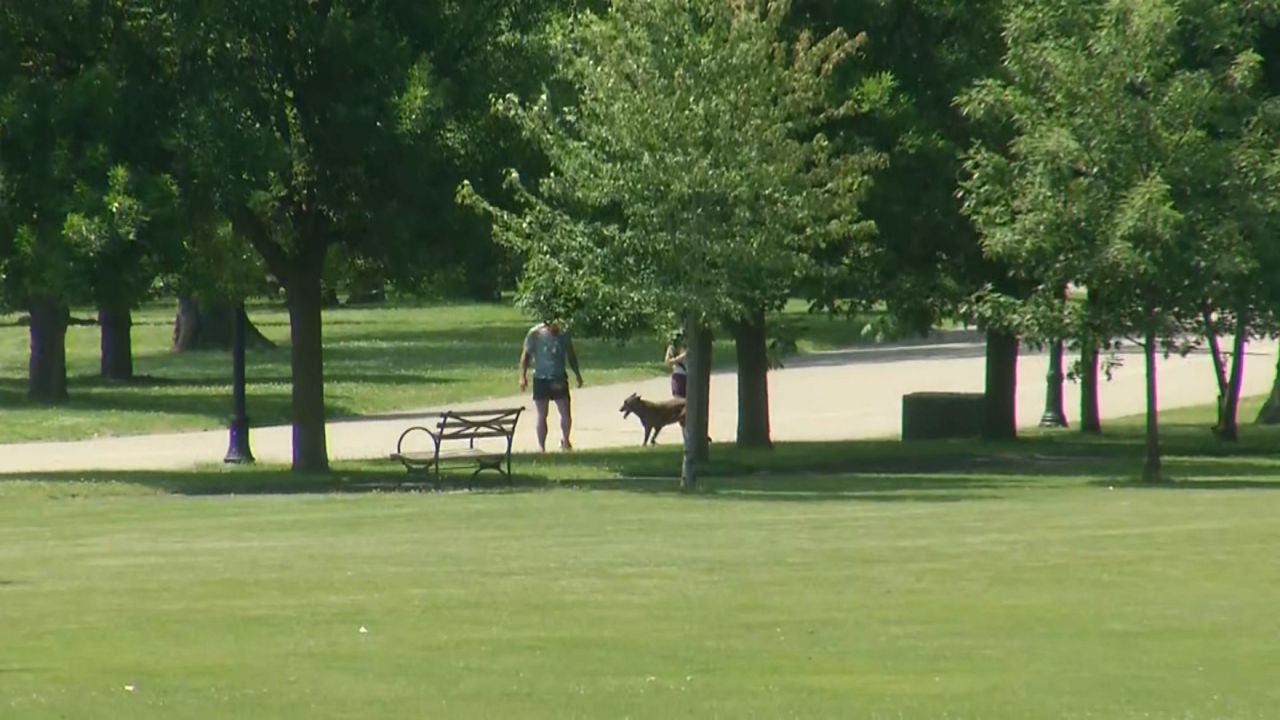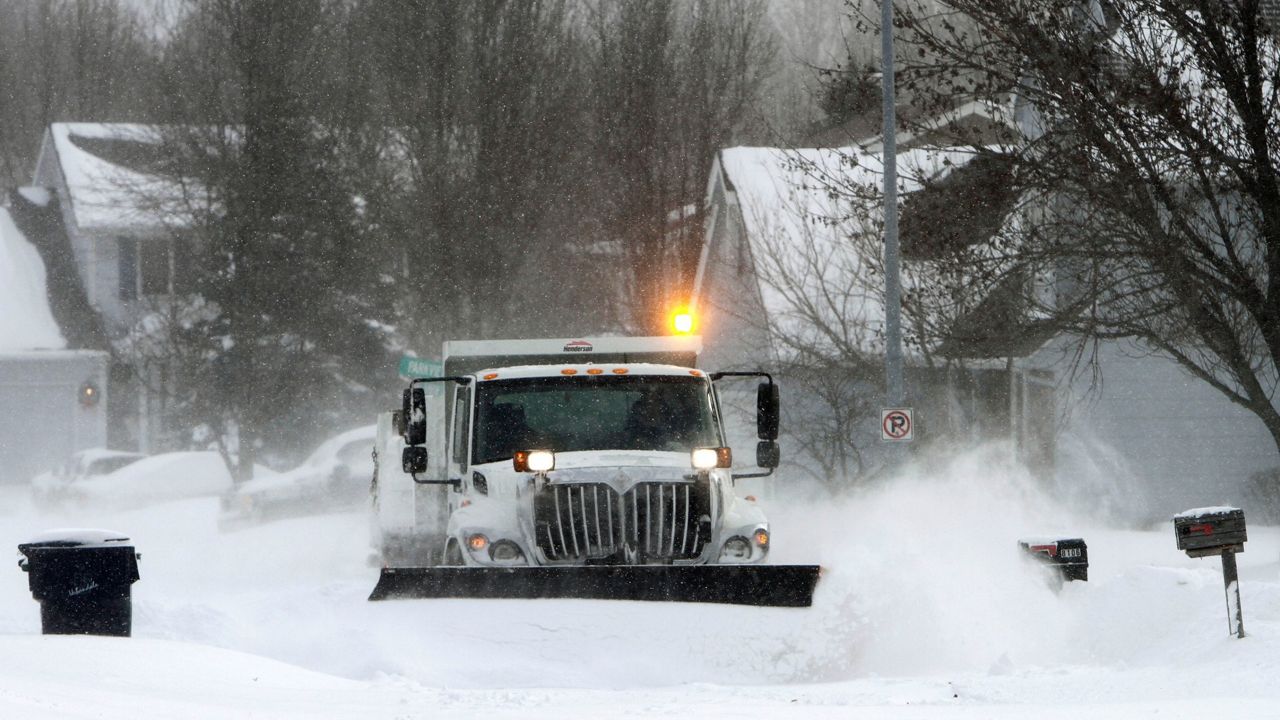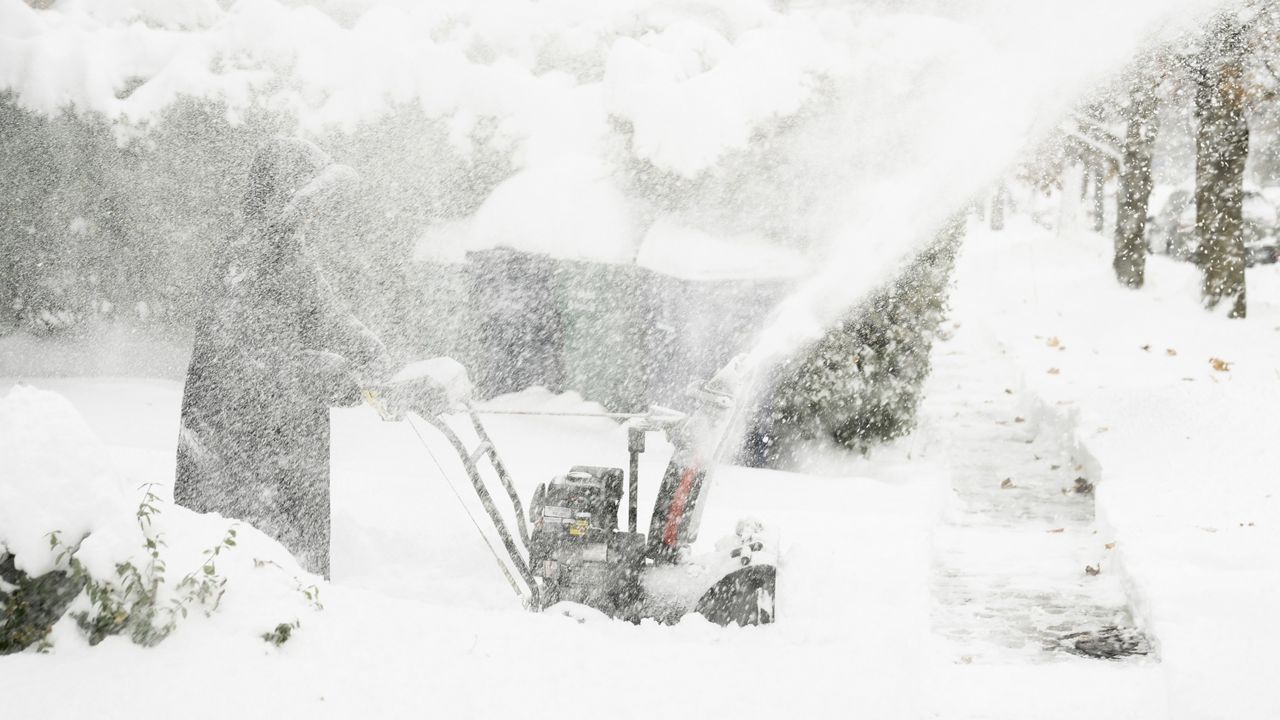Being called a weathergirl is nothing new for me. Ever since I was little and told my family I wanted to be a meteorologist when I grew up, the comments started.
I don’t take offense to the term. I know most people mean well, but I would like to influence more people (you included) to replace the term weathergirl or weatherman in your vocabulary with the proper label – meteorologist!
A meteorologist, according to the American Meteorological Society, is defined as an individual with specialized education who uses scientific principles to explain, understand, observe, or forecast the earth's atmospheric phenomena and/or how the atmosphere affects the earth and life on the planet.
To become a meteorologist, a four-year degree is almost always required. This degree includes classes based around advanced physics, mathematics, chemistry, and computer programming.
I can speak from experience that it was not easy to complete! My dad can attest to this based on the weekly calls I used to make home crying because of the course load.
Most of you reading this are probably familiar with meteorologists on TV (I am one). There are, however, many other things you can pursue with a degree in meteorology. Some of those include transportation and production, aviation, agriculture, the military, energy production, and even working within a private sector company.
In the past, it was much more common to see men filling these roles. That’s because gender stereotypes within the profession were holding women back. Pushing past those stereotypes has increased numbers, but not by much.
In the United States, women make up almost half of the workforce BUT only hold 24% of jobs within STEM fields. Within the broadcast meteorology community, those numbers get even smaller. Women make up only 10% of chief meteorologists across the country.
So what can you do to help change the narrative? Not referring to the women you see on TV as weathergirls is a big step in the right direction.
You can also encourage the young women in your life to pursue their interests in anything STEM-related. Planting a seed at a young age can change what we see moving forward.
To read more weather blogs, follow Meteorologist Kaylee Wendt on Facebook, Instagram, and Twitter!





